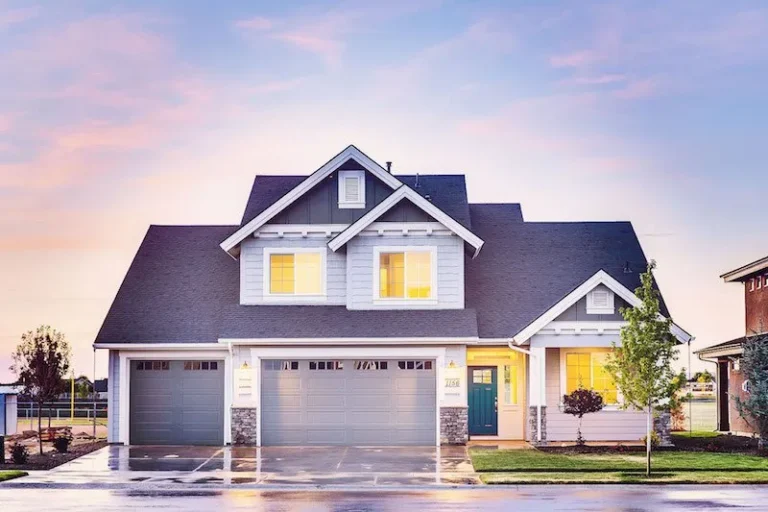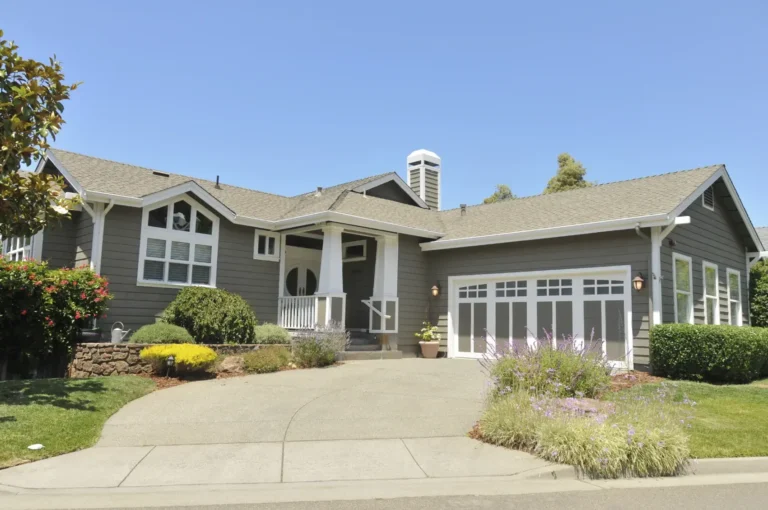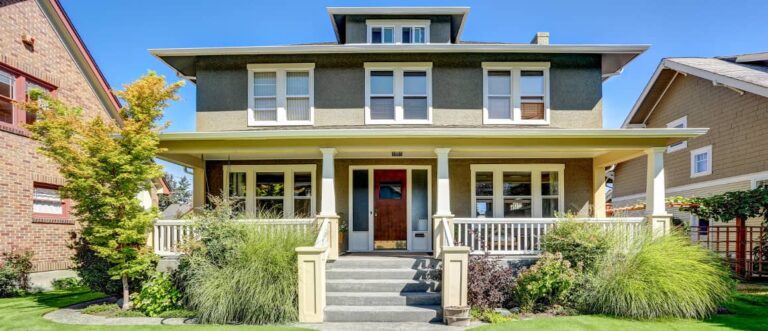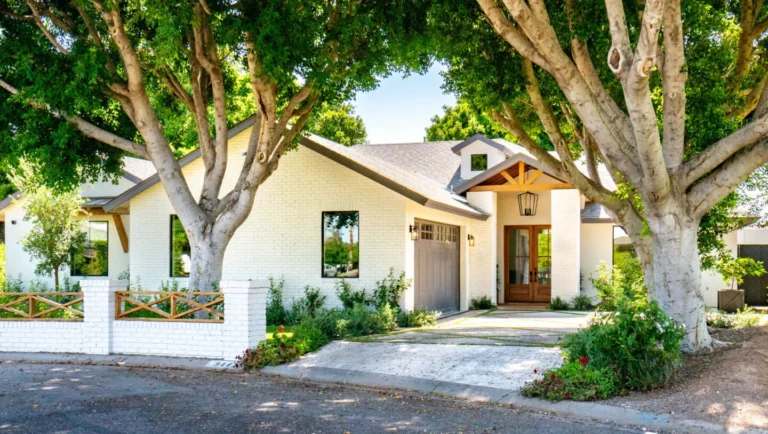Best Loan to Flip Houses How to Secure Financing for Profitable Property Flips
When you purchase a property not for long-term occupancy but to renovate and resell it for profit (a house flip), you often need specialised financing. A “loan to flip houses” is a short-term real estate investment loan designed to fund the purchase and rehabilitation of a property, with the intention of selling it shortly thereafter for a profit.
Because the time horizon is short and the risk is higher (due to renovation work, market fluctuations, vacancy between purchase and resale), lenders treat these loans differently from traditional home mortgages. They typically emphasise property value and rehab plan over borrower income alone.
Using the right loan structure allows investors to leverage capital, move quickly on deals, and execute a flip strategy without tying up all of their own cash. In short: if done properly, a loan to flip houses can magnify returns-but requires solid planning.
Why using a dedicated flip loan can benefit you.
Choosing a loan tailored to flipping houses carries multiple advantages over using standard home-purchase finance or cash alone. Firstly, these loans are built with the flip strategy in mind: they often allow quick closings, cover both purchase and rehab costs, and have terms aligned with the project lifecycle. For example, one lender offers terms of 12, 18, or 24 months with interest-only payments and financing of up to 100% the rehab cost.
Secondly, by using such a loan, you preserve your own capital-meaning you can deploy cash into more properties or larger projects instead of having it locked into one flip. Leverage in this context allows you to grow the number of deals you can work on concurrently.
Key features to look for in a flip loan

When evaluating loans designed for house flipping, certain features are critical to compare:
-
Interest rate and fees: Because flips are higher risk, rates are higher than traditional mortgages. According to one guide, typical rates start in the 7-11% range for fix-and-flip loans.
-
Loan-to-Cost (LTC) or Loan-to-After-Repair-Value (LTV/ARV): The amount you can borrow relative to purchase/rehab cost or final value. For example, some lenders offer up to 92.5% LTC and 75% LTV on certain programs.
-
Term length: Because flips are short‐term projects, terms are often 12-24 months or even less. The loan should align with the estimated rehab + resale timeline.
-
Speed of closing and flexibility: To win competitive deals, you’ll need fast approval and funding, with minimal delays. Some lenders allow closings in as few as 7 days.
-
Coverage of rehab costs and draws: Good flip loans will fund not only the purchase price but also the renovation budget and release funds in phases (“draws”). For example, one lender offers 100% of the rehab cost with 4-day draws.
-
Exit strategy alignment: The loan structure should allow repayment via resale or refinance when you complete the flip. The model is built around flipping, not long‐term holding.
By using these criteria when comparing lenders/products, you position your flip for success and reduce financing mismatch risk.
Real-world lender products for flipping houses
Here are five real-world loan products built for house flippers. Each includes product details, use case, benefits, and how to apply. These serve as “products” in the sense of financing solutions you can choose.
1. Kiavi Fix-and-Flip Loan
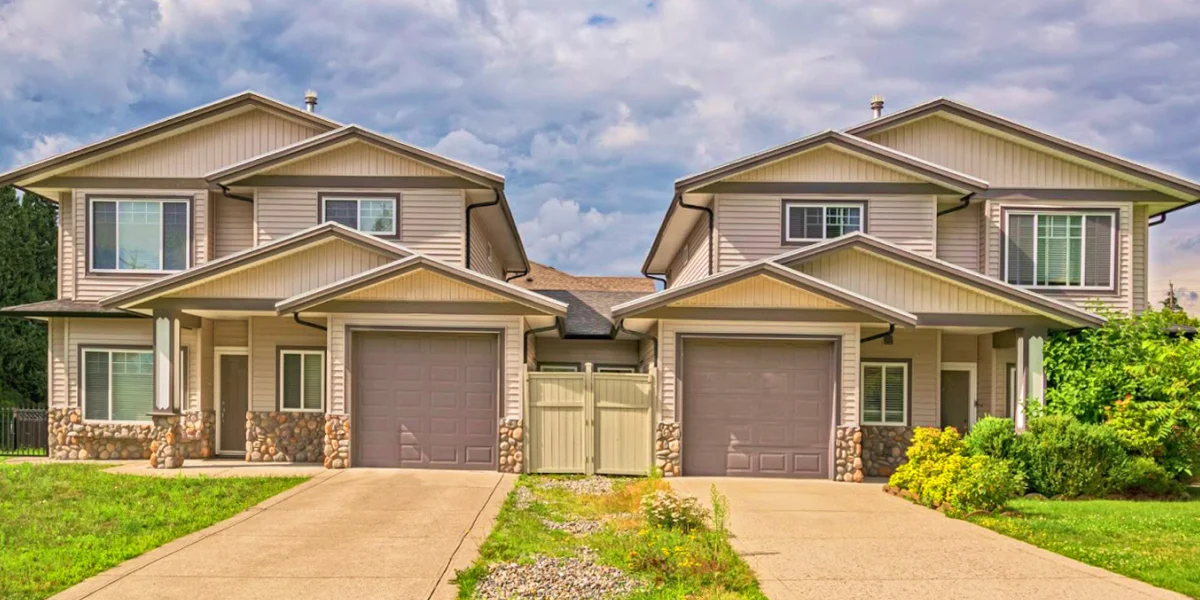
Kiavi offers a dedicated fix-and-flip loan product that supports purchase + rehab for non–non-owner-occupied properties, with high leverage and fast close. Kiavi
Details:
-
Up to 100% of the purchase price and 100% of the rehab cost.
-
Up to 80% of after-repair value (ARV).
-
Terms of 12, 18, or 24 months with interest-only options.
-
Ability to close in as fast as 7 days.
Use case: If you locate a property to flip, need fast funding, high rehab budget coverage, and want minimal personal paperwork.
Why people need it: Helps competitive flippers who must act quickly, who may not want to use large amounts of personal cash, and who need a loan aligned with a short-term flip.
How to buy/apply: Visit Kiavi’s fix-and-flip page, fill out the pre-qualification. Apply with Kiavi (affiliate/disclosure as required)
Benefit (specific): The high leverage and fast turnaround mean you can keep more of your own capital free, do more flips at once, and compete against cash buyers.
2. Lima One Capital FixNFlip Loan
Lima One Capital offers a “FixNFlip” program with strong flexibility and coverage of rehab budgets. Lima One Capital
Details:
-
Up to 92.5% LTC (Loan-to-Cost) and 75% LTV in some cases.
-
Terms of 13, 19 & 224 months
-
Up to 100% of the rehab budget with withdrawn every 4 days.
-
Rates starting as low as ~7.5%.
Use case: Good for experienced flippers wanting more control, higher rehab coverage, and term flexibility.
Why people need it: The ability to defer origination fees until exit, high rehab coverage, and flexible terms make it suited for larger or more complex flips.
How to buy/apply: Visit Lima One Capital’s website under FixNFlip.
Benefit (specific): Offers broad rehab budget coverage, which minimises additional out-of-pocket rehab funding, helping maximise return on investment.
3. ABL Funding Fix & Flip Loans

ABL Funding is a specialist fix-and-flip lender providing short-term loans for rehab projects.
Details:
-
Short‐term loans (typically ~12 months) for purchase + rehab.
-
Close in as few as 10 days.
-
They highlight flexible underwriting and focus on the deal, not just borrower credentials.
Use case: Good for investors who need rapid deployment, may have multiple deals, and want a lender experienced in flips.
Why people need it: When timing is critical (e.g., competitive property purchase), you need a lender that can keep up and doesn’t delay your flip.
How to buy/apply: Visit the ABL Funding site, apply for a fix & flip loan.
Benefit (specific): Speed of funding and flexible underwriting allow you to execute flips when market windows are narrow.
4. New Silver Fix and Flip Loan
As featured in industry lists, New Silver is one of the fix-and-flip lenders catering to both new and experienced investors.
Details:
-
Interest rates in the ~9.5-11.25% range (based on 2025 data) for up to 18-month terms.
-
Suitable for flippers with moderate experience and standard credit.
Use case: Investors who may not yet meet the highest thresholds of top lenders but still want to flip houses with structured funding.
Why people need it: It bridges between hard‐money pure lenders and conventional financing when you need more formal structure but still flexibility.
How to buy/apply: Visit New Silver’s loans section (link via their website).
Benefit (specific): Provides a path into flipping loans even if you are building your portfolio and want structured but accessible financing.
5. CoreVest Finance Fix & Flip Loans
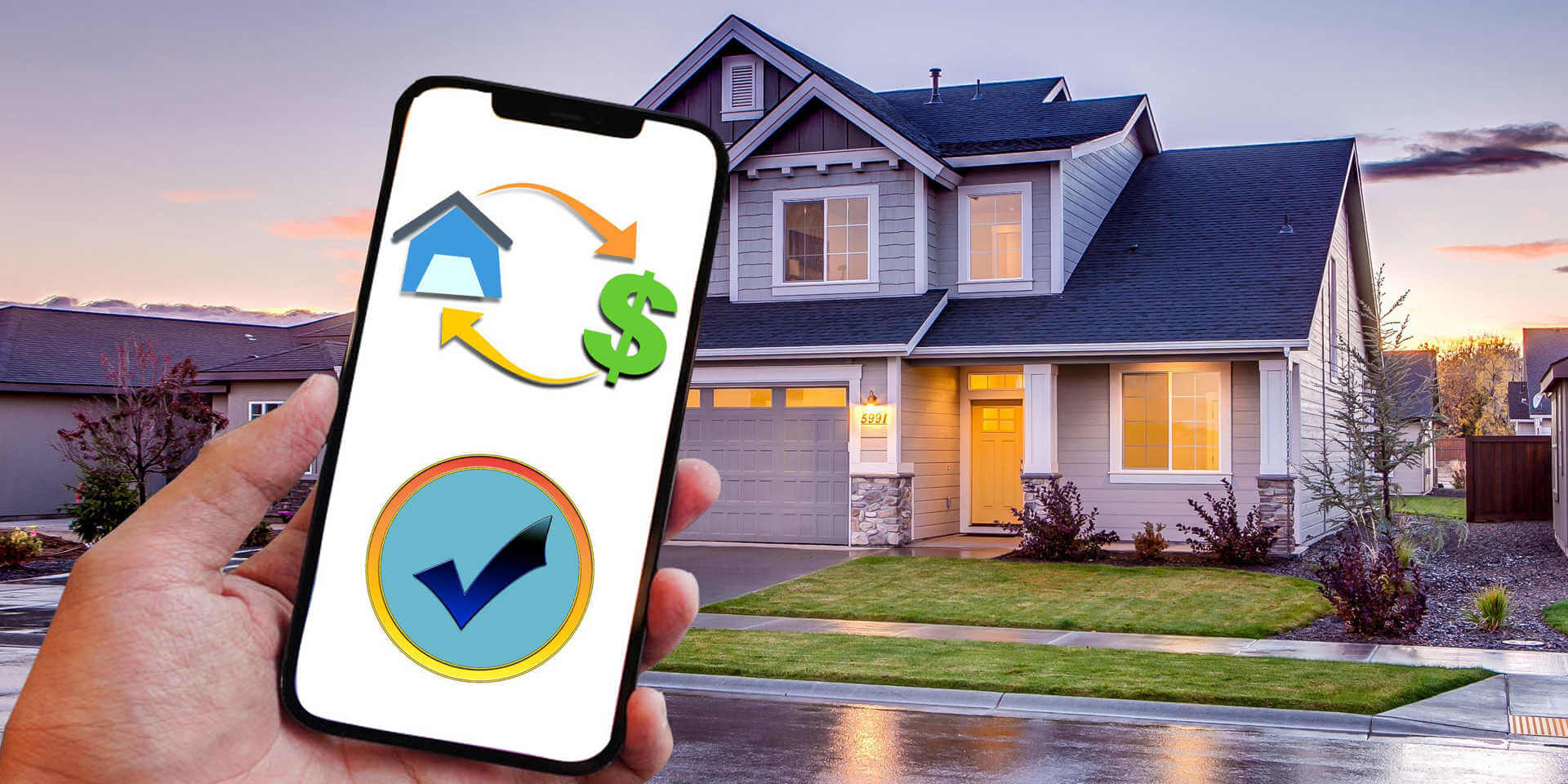
CoreVest is noted as being suitable for high-volume investors and larger-scale flip operations.
Details:
-
High-volume investor focus, lending amounts up to several million. The Close
-
Terms and rates tuned to serious investors who do multiple flips annually.
Use case: Investors managing multiple properties, large rehab budgets, scaling operations.
Why people need it: When flipping is less a hobby and more a business, you need lenders providing large lines and structures tailored to ongoing operations.
How to buy/apply: Visit the CoreVest Finance website under fix & flip solutions.
Benefit (specific): Allows you to scale flips, fund larger budgets, and streamline multiple deals without constantly renegotiating loan-to-cost for each property.
How to pick the right flip loan & go about buying/obtaining it
Start with your flip strategy and timelines
Before applying for any loan, define: the type of property you will flip (single-family, multi-unit), the rehab budget and timeline, estimated resale value (after repair value or ARV), and your exit strategy (sell/resell vs refinance). Establishing this clearly helps match the right lender and avoid misaligned financing.
Next, assess your own investor profile: how many flips you’ve done, your credit score, cash reserves for carries (holding costs, rehab overruns), and whether you have a plan B if the resale takes longer than expected. Lenders will evaluate both your deal and your ability to manage risk.
Finally, choose a loan product whose features (term length, interest rate, draw infrastructure, coverage) match your timeline and budget. For example, if you expect to flip within 6-9 months, a 24-month loan may suffice; if you anticipate more rehab, it may require a 12-18-month term.
Compare key loan features and fees.
Look at interest rates, origination fees, loan-to-cost (LTC) or loan-to-ARV, carrying cost (how much interest you’ll pay if your project runs longer than expected), and how funds are released (draws). Also, to check whether the lender requires heavy experience vs simpler criteria. As one guide stat,s: the best fix-and-flip loans offer high leverage, fast funding, and flexible terms.
Beware of hidden fees: origination points, inspection costs for draw releases, prepayment penalties, and balloon payments. Quality lenders will make the fee structure clear.
Check the speed of closing: the ability to move quickly can determine whether you win a property. Some lenders close in as little as 7 days.
Verify exit flexibility: ensure the loan allows you to repay via sale or refinance without heavy penalties if your flip takes longer.
Apply for and secure the loan.
-
Compile documentation: purchase contract, rehab budget and timeline, proof of investor experience (if required), credit report, personal assets/reserves.
-
Submit a preliminary application to at least two or three lenders to compare offers.
-
After conditional approval, secure the property and proceed with the draw/funding schedule for rehab work.
-
While rehab happens, monitor progress and budget tightly-cost overruns delay exit and increase risk.
-
Upon completion of the flip, market and sell the property, pay off the loan, and realise the profit.
For affiliate-style links, you can use “Visit lender website → [Apply button]” style formatting to guide users.
Where to buy/apply for these loans (affiliate style)
-
Apply with Kiavi (button style on your site)
-
Visit CoreVest Finance (fix & flip solutions)
Ensure you include proper affiliate disclosures and tracking per your site’s policy.
Use-cases: Problems this loan solves & why people need it
Use-Case 1: First-time flipper with limited cash
You’ve found a distressed house you believe you can renovate and sell within 10 months, but you don’t have full cash for purchase + rehab. A flip loan that covers purchase + rehab lets you act without exhausting personal funds. The loan solves the problem of being cash-limited and unable to compete against cash investors.
You need this loan because speed matters, and standard bank mortgages won’t cover much rehab or may require owner-occupancy.
Use-Case 2: Investor scaling multiple flips
You already have one or two flips under your belt and want to upgrade to “flip business” mode: buying multiple properties concurrently. You need a lender with high leverage, larger loan amounts, flexible draws, and fast closings. A specialist flip loan from a lender like CoreVest or Lima One enables you to scale. The problem solved: not being constrained by personal cash or by slow underwriting from traditional lenders.
You need it so you can deploy capital faster, spread risk across deals, and increase profit potential.
Use-Case 3: Unexpected cost overrun or delayed sale
You start a flip, but rehab costs go beyond the estimate, or the market slows, and the sale takes longer. A loan structured for flips often gives you a bit of buffer (term 12–24 months, interest-only payments) rather than tying you into a 30-year amortized loan. The problem solved: you don’t get locked into a standard mortgage when your flip extends, which could kill margins.
You need a flip loan designed for this scenario so you keep flexibility and minimise risk.
Benefits of using technology-enabled loan platforms
Many modern flip‐loan providers integrate technology (online portals, data-driven property underwriting, and rapid draw scheduling) to streamline the process and reduce time delays. For example, Kiavi emphasises real-time pricing, online pre-qualification, and digital portal closing in as few as 7 days.
The benefit of leveraging technology: reduced manual underwriting, faster decisions, lower closing times, ability to act on deals quickly. For a house flipper, time is a key cost-every extra day holding the property eats profit. With technology-enabled loans, you minimise that delay.
Another benefit: digital tools help track rehab draws, monitor budget, and release funds step-by-step, tied to project milestones. This fosters discipline and helps you stay on schedule.
In sum, choosing lenders that use modern platforms gives you a competitive advantage in the fast-moving flip market.
Risks and what to watch out for
While flip loans are powerful enablers, they also come with elevated risk compared to ordinary mortgages. You must watch out for:
-
Higher interest rates and fees: flips are higher risk, so borrowing costs are higher. You must ensure your profit margin outweighs these costs.
-
Rehab cost overruns or timeline delays: If rehab takes longer or costs more, your term may expire or profits shrink. Plan cautiously.
-
Market risk: the resale market may soften, affecting ARV assumptions.
-
Exit risk: If you can’t sell or refinance when planned, you may incur higher holding costs.
-
Underwriting risk: Some lenders may require greater experience or may require higher reserves than expected. Ensure you meet the criteria.
-
Draw release delays: If draws are tied to inspections and there are delays, construction may stall.
By understanding and proactively managing these risks, you can reduce vulnerability and increase chances of success.
Frequently Asked Questions (FAQ)
Q1: What credit score do I need to get a loan to flip houses?
A1: It varies by lender and loan product. Some specialist fix-and-flip lenders require credit scores of 680 or higher, while others may approve lower scores if the property deal is very strong. For example, one lender’s minimum is 680 for its fix-and-flip product. It’s advisable to check with the specific lender and focus on deal strength (purchase price, rehab budget, ARV) as well as your reserves.
Q2: Can I use a conventional mortgage to flip a house?
A2: Generally, no-conventional mortgages are structured for owner-occupancy or long-term rental, not short-term house flips. Flip loans are designed for purchase + rehab + resale, with short terms and rehab funding. Guides say conventional loans are one of several options, but are less suited for flips. If you tried to use a conventional mortgage, you may face obstacles like longer approval, lower rehab coverage, slower funding, and mismatched terms.
Q3: How long are flip loans typically, and when must they be repaid?
A3: Flip loans are typically short term-often 12 to 24 months (sometimes less). For example, many fix-and-flip loans run 6 to 24 months. The expectation ithat s you purchase the property, complete the rehab, and sell (or refinance) within the term so you can repay the loan and realise your profit. Your schedule must align with that t others, holding costs acosts nd risk increase.
